Vision Simulator
If you've ever wondered what it would be like to be short-sighted, this vision simulator helps to give some of the answers.
Short-sightedness, or 'myopia', typically starts in childhood and usually requires spectacles or contact lenses to see clearly e.g. to see detail on the whiteboard in a classroom, text on a T.V.
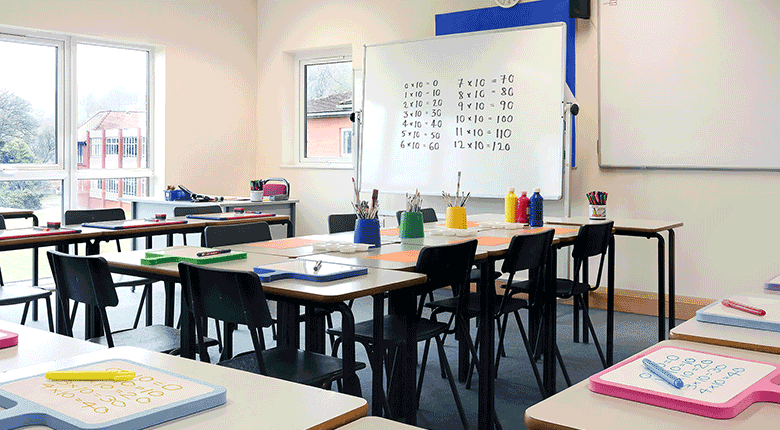
As a child grows throughout the school years, short-sighted children may experience an associated increase in their short-sightedness resulting in a greater reliance on spectacles. With this change, the strength of the glasses prescription also increases along with the thickness of the spectacle lenses.
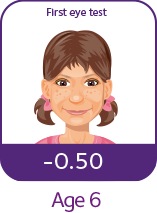
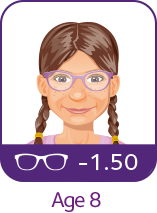
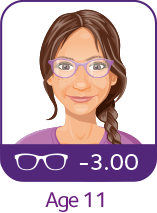
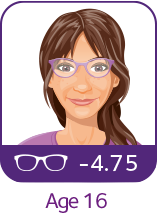
See how vision without spectacles or contact lenses changes as short-sightedness increases
classDetailScenario
SA13021





